Bydgoszcz
| History of | City Tour | Photo Gallery |
History of Bydgoszcz
This 362 thousand city is the administrative capital of the Kujawsko-Pomorskie Province and the seat of the governor of the province. The city is situated between the rivers Brda and Vistula, on the edge of the Bydgoszcz Forests. In the 13th century, when Poland was divided into small principalities, Bydgoszcz belonged to the Kujawy principality and, after its division in 1267, to the Inorocław principality. In the years 1329-1343, Bydgoszcz was ruled by the Teutonic Knights. In 1346 it was granted municipal rights from the Polish King Casimirus the Great. During the war against the Teutonic Knights (1454 – 1466), Bydgoszcz was the headquarters of the Polish army. After the peace agreement, concluded in 1466, Bydgoszcz started to flourish. This was because the Vistula River trading route was accessible. The main commodities were salt and corn.
Between the 14th and 17th centuries, numerous corn granaries, warehouses, mills and grout granaries were built. From the end of the 16th century until late 17th century there was a mint on the Młyńska (Mill) Island, entitled to issue 100 ducat coins that had the highest value in Poland. Initially private, later it belonged to the king. In 1772 Poland was partitioned and Bydgoszcz became part of Prussia.
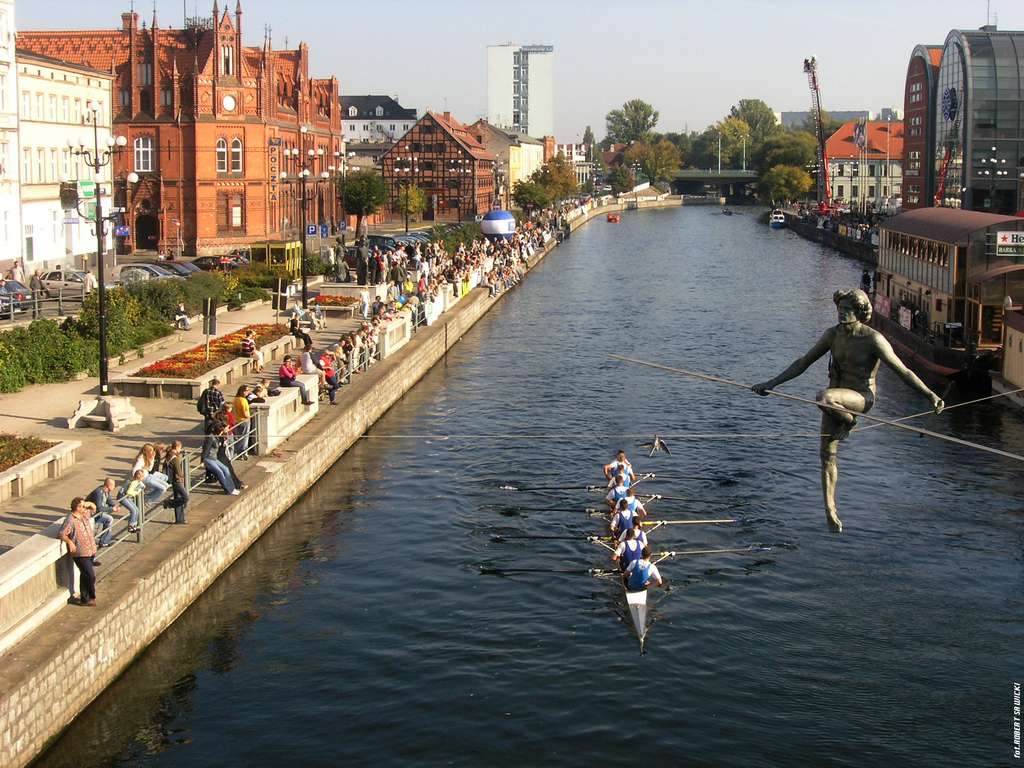 |  | 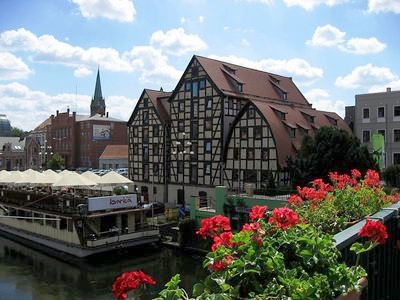 |
Bydgoszcz is an important centre of culture, industry, sports and services. As regards culture, the following institutions are active in Bydgoszcz: Polish Theatre, Opera Nova and Pomorze Philharmonic. The city is also famous for its educational offer, boasting of its University of Technology and Life Sciences, Casimirus the Great University, Feliks Nowowiejski Academy of Music and Ludwik Rydygier Collegium Medicum of Nicolaus Copernicus University.
City Tour Bydgoszcz
Let’s start our walk on the Old Town Square. Its western frontage is dominated by the former seat of the Jesuits’ Collegium, erected in the years 1644-1653 and founded by the bishop of the Chełmińska Land. This building was rebuilt many times in the 18th century. After the suppression of the Jesuit’s order in 1782, the building still seated a school. In 1879 it became a town hall: the seat of the city authorities. Next to the town hall we can see St. Ignatio Loyola Church, formerly a Jesuit’s church, built in 1638. On the stairs of this church, the Treaty of Bydgoszcz was signed in 1657, preventing the Prussian support for Swedish invasion on Poland. The characteristic point in the North is the Golden Eagle Apothecary that dates back to the end of the 16th century. In the East, it’s worth paying attention to the number 19 house. It is believed to have been an inn, and it is here that the famous Polish magician, Mr. Twardowski, is believed to have stayed, cured people and given them back their youth. To commemorate this legend, everyday at 1.13 and 9.13 p.m. a two-meter figure of Master Twardowski is shown, bowing and greeting the passers-by. We go down the Farna Street and head towards St. Marcin and St. Nicolaus Cathedral. This brick church was erected in the years 1466-1502 in the late Gothic style and is the oldest one in the city. It is also a Shrine to the Virgin Mary, where the cult object is the Icon of Our Lady with a Rose, placed in the main altar. In the interior of the church there are numerous pictures, altars, sculptures, headstones and commemorative plaques. In the southern aisle there can be found a renaissance, brass baptismal font from the early 17th century. In front of the cathedral we can see the 19th century monument of St. Jan Nepomucen, sentenced to death by king Vaclav the 4th. He was reportedly accused of… keeping the secret of a confession. Nepomucen is a patron saint of bridges and water crossings, as well as farmlands, which he protects against flood and draught
 |  |  |
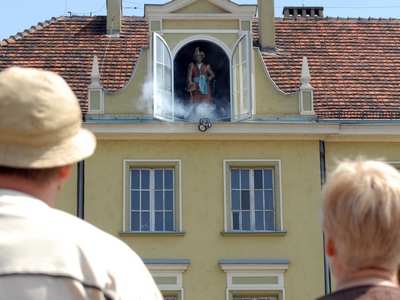 | 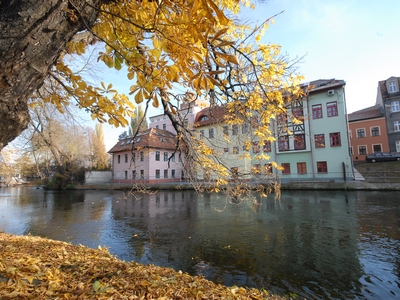 | 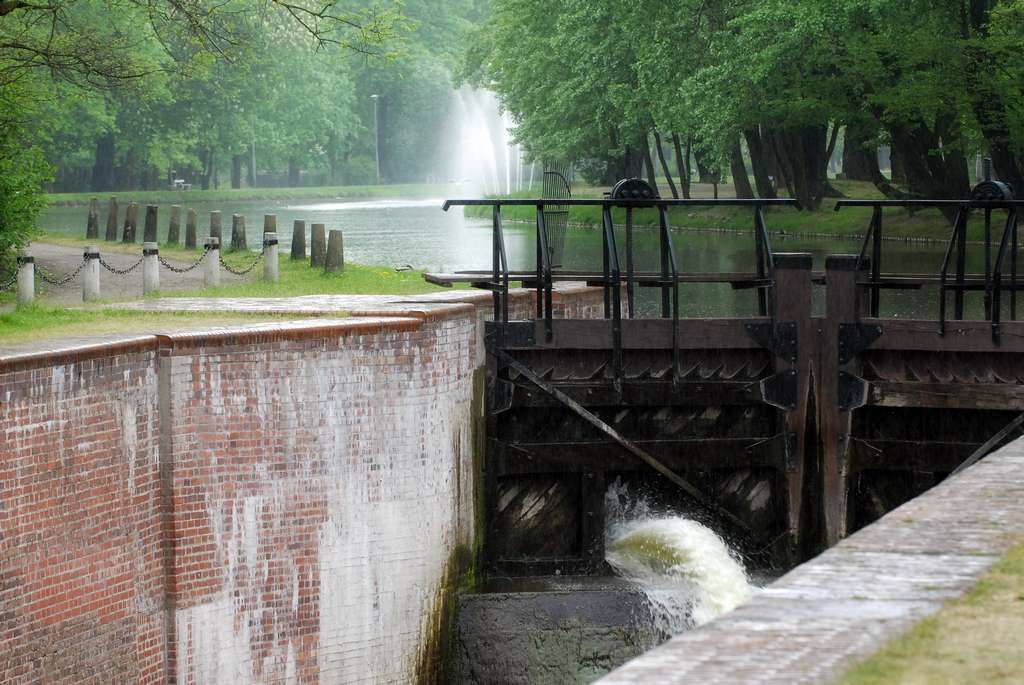 |


